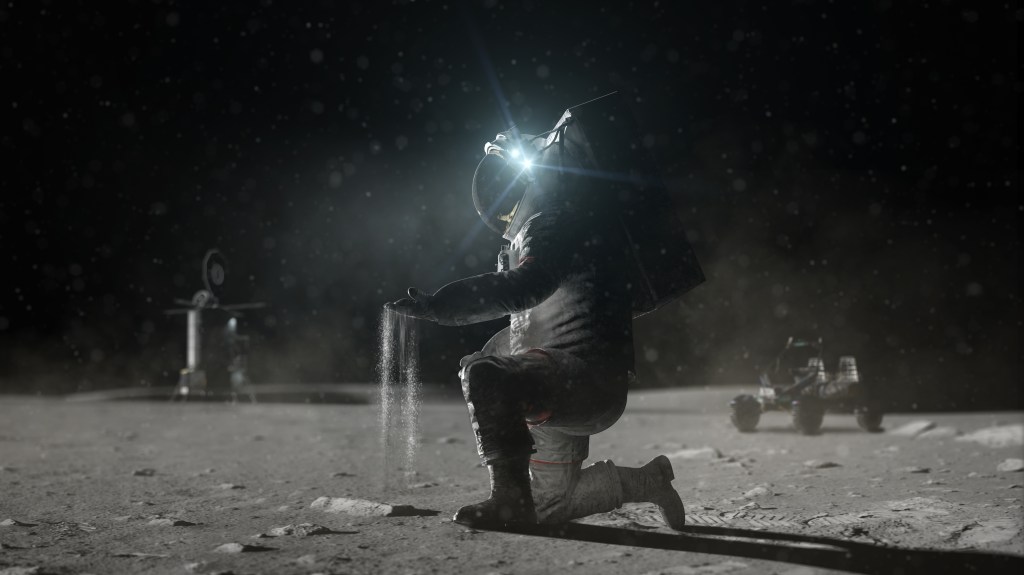Expedition 37 crew members Karen Nyberg of NASA, Fyodor Yurchikhin of the Russian Federal Space Agency and Luca Parmitano of the European Space Agency have returned to Earth from the International Space Station, landing at 9:49 p.m. EST Sunday, Nov. 10 (8:49 a.m. Kazakhstan time, Nov. 11), after spending 166 days in space.
Inside the Soyuz spacecraft carrying the astronauts was the Olympic torch, which was launched to the station Nov. 6 and taken on a spacewalk Saturday as part of the torch relay. The torch will be used to light the Olympic flame at the Fisht Stadium in Sochi, Russia, marking the start of the 2014 Winter Games in February.
Nyberg, Parmitano and Yurchikhin arrived at the station in May, and during their extended stay in space orbited Earth 2,656 times and traveled more than 70 million miles. Parmitano conducted a spacewalk in July, becoming the first Italian to walk in space.
The crew welcomed Orbital Sciences Corp.’s Cygnus cargo spacecraft during its demonstration mission to the station. The trio spent hundreds of hours conducting fundamental research in areas such as human biology, life sciences, physical sciences, Earth sciences, astrophysics and technology research.
Yurchikhin now has logged 537 days in space, spanning four spaceflights. This puts him 12th on the all-time endurance list. Nyberg has accumulated 180 days in space over two missions. This was Parmitano’s first mission.
The International Space Station is a convergence of science, technology and human innovation that demonstrates new technologies and makes research breakthroughs not possible on Earth. The crew performed research into how plants grow, which may lead to more efficient crops on Earth and improve understanding of how future crews could grow their own food in space. They tested a new portable gas monitor designed to help analyze the environment inside the space station and continued fuel and combustion experiments undertaken by past crews. The crew also collected data and samples that will be used to help scientists understand ocular health issues of space station crew members and understand changes to body measurements during spaceflight.
The space station has had continuous human occupation since November 2000. In that time it has been visited by more than 200 people and a variety of international and commercial spacecraft. The space station remains the springboard to NASA’s next great leap in exploration, including future missions to an asteroid and Mars.
For more information about the International Space Station, visit:
https://www.nasa.gov/station
-end-
Rachel Kraft
Headquarters, Washington
202-358-1100
rachel.h.kraft@nasa.gov
Josh Byerly
Johnson Space Center, Houston
281-483-5111
josh.byerly@nasa.gov



























